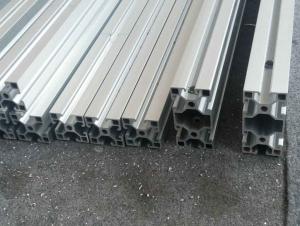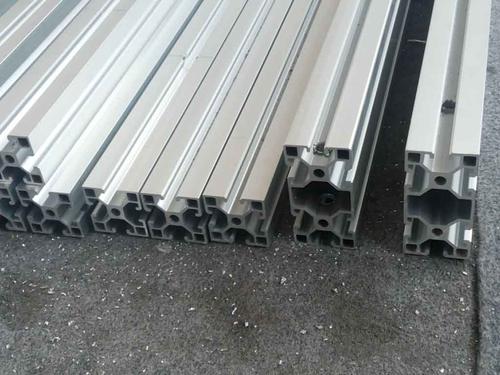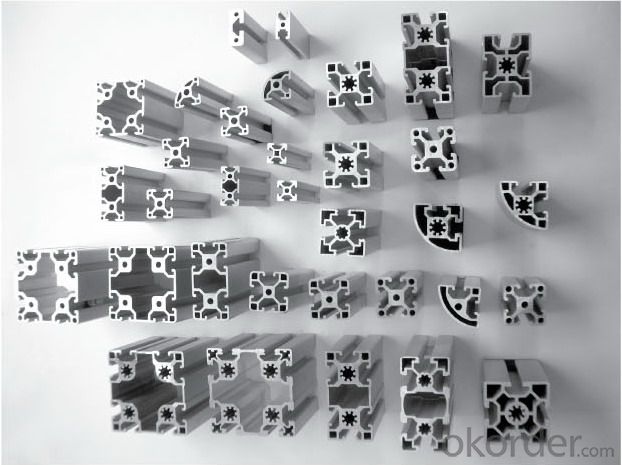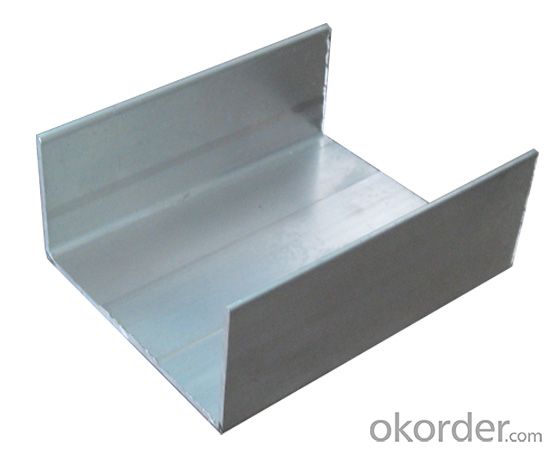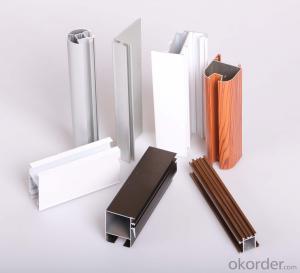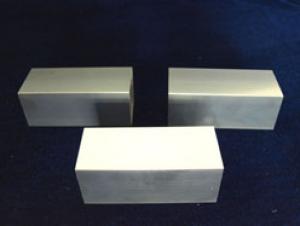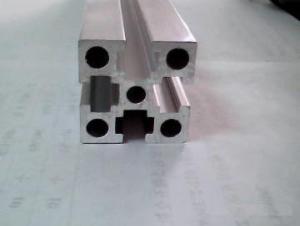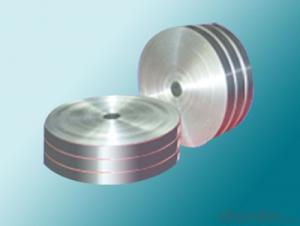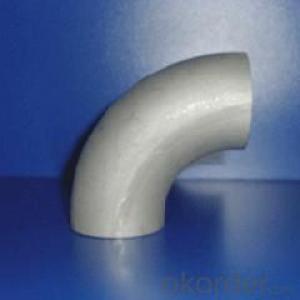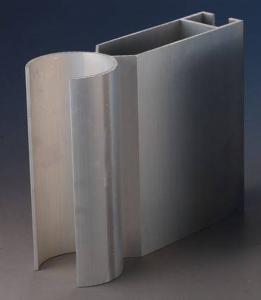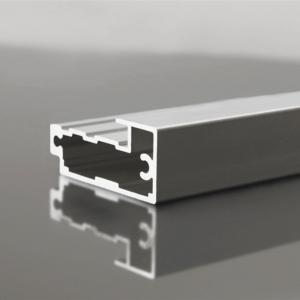Anodized Aluminum Profiles for LED Strips of Good Quality
- Loading Port:
- Guangzhou
- Payment Terms:
- TT OR LC
- Min Order Qty:
- 5 m.t.
- Supply Capability:
- 1000 m.t./month
OKorder Service Pledge
OKorder Financial Service
You Might Also Like
Specification
1.Structure of Aluminium Profile of Good Quality with Anodizing Description:
Anodizing (also spelled anodising, particularly in the UK and Australia) is an electrolytic passivation process used to increase the thickness of the natural oxide layer on the surface of metal parts. Anodized aluminium surfaces, for example, are harder than aluminium but have low to moderate wear resistance that can be improved with increasing thickness or by applying suitable sealing substances.
2.Main Features of theAluminium Profile of Good Quality with Anodizing:
High corrosion-resistance;
weather-resistance;
heat-resistance;
alkali-resistance and impact-resistance properties.
3.Aluminium Profile of Good Quality with Anodizing Images:
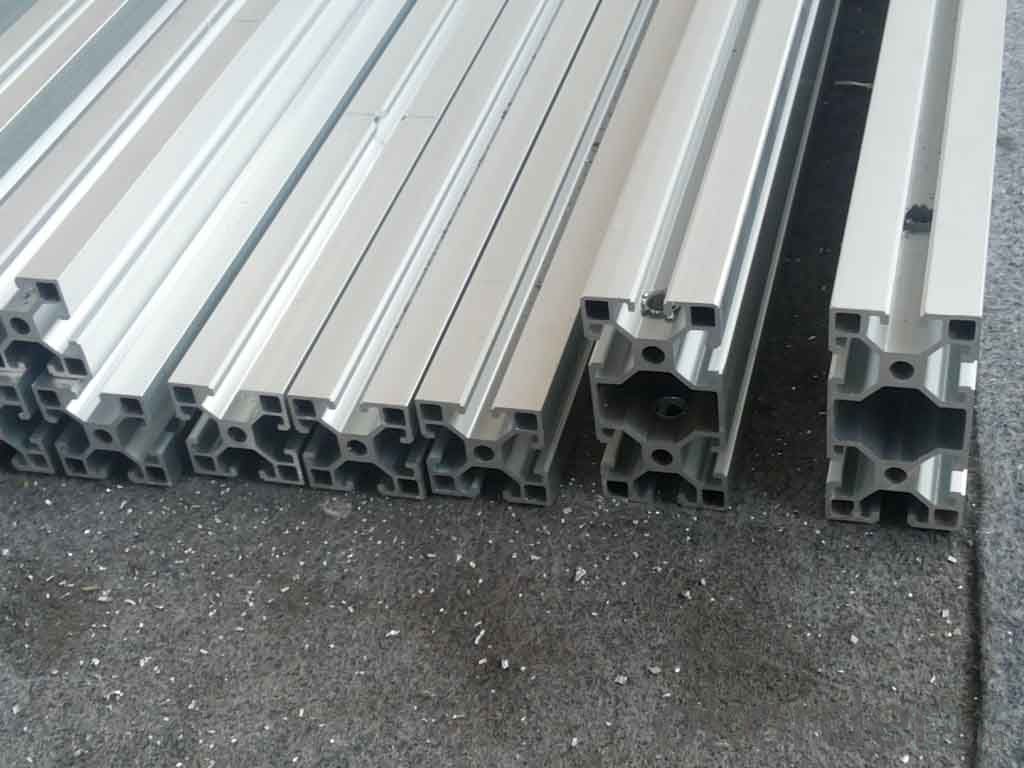
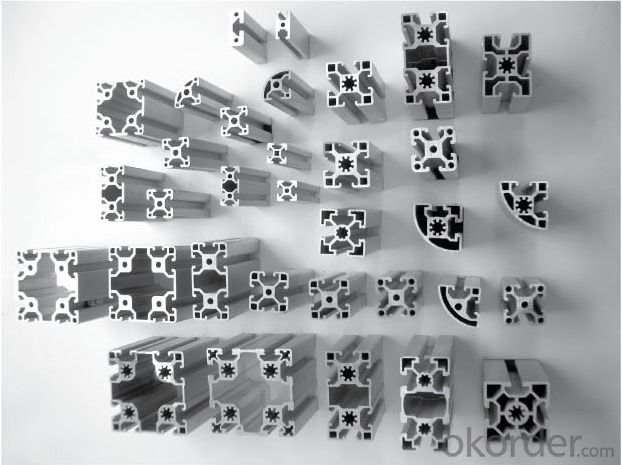
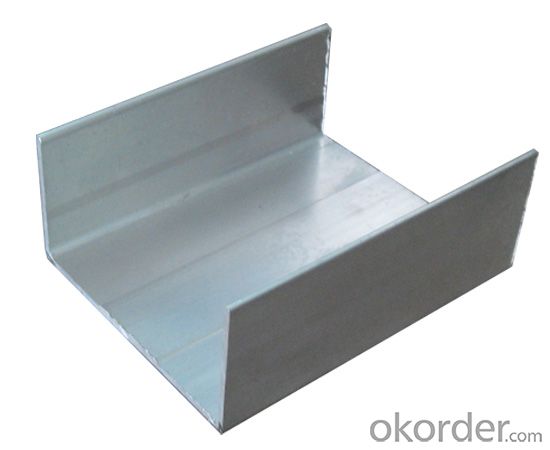
4.Aluminium Profile of Good Quality with AnodizingSpecification:
1. Material: 6063,6061,6060,6005,6005A,etc.
2. Temper: T5 or T6
3. Finish: Mill finish, anodizing, powder coating, electrophoresis, wooden transfer or pvdf/carbon-flouride coated, polishing, brushing, sand blasting
4. Various colors: Silver, bronze, black, gold, blue, grey, champagne, bright, etc.
5. Machining: Cutting, punching, drilling, tapping, milling, bending, welding, CNC etc.
5.FAQ:
①How about your company?
A world class manufacturer & supplier of castings forging in carbon steel and alloy steel,is one of the large-scale professional investment casting production bases in China, consisting of both casting foundry forging and machining factory. Annually more than 8000 tons Precision casting and forging parts are exported to markets in Europe, America and Japan. OEM casting and forging service available according to customer’s requirements.
②How to guarantee the quality of the products?
We have established the international advanced quality management system,every link from raw material to final product we have strict quality test;We resolutely put an end to unqualified products flowing into the market. At the same time, we will provide necessary follow-up service assurance.
- Q: Identify the key elements to evaluate when choosing aluminum profiles for a particular project.
- <p>When selecting aluminum profiles for a specific project, consider the following factors: 1) Load-bearing capacity, ensuring the profile can support the intended weight and stress; 2) Dimensional stability, to maintain structural integrity over time; 3) Corrosion resistance, especially for outdoor or humid environments; 4) Aesthetics, matching the profile's appearance with the project's design; 5) Cost-effectiveness, balancing quality with budget constraints; 6) Availability of the profile, considering lead times and supply chain reliability; 7) Ease of fabrication and assembly, which can affect construction time and labor costs; 8) Thermal properties, important for energy efficiency in buildings; 9) Compliance with industry standards and regulations; 10) Customizability, for projects with unique specifications or design requirements.</p>
- Q: What are the different packaging options available for aluminum profiles?
- There are several different packaging options available for aluminum profiles, depending on the specific requirements and preferences of the manufacturers or customers. 1. Bundles: Aluminum profiles can be packaged in bundles, where multiple profiles are stacked together and secured with strapping or shrink wrap. This option is commonly used for larger profiles or when shipping in bulk. 2. Boxes: Smaller aluminum profiles can be packaged in boxes, which provide protection during transportation and storage. The profiles are usually placed in individual compartments within the box to prevent damage from rubbing against each other. 3. Tubes: Some aluminum profiles, especially those with a circular shape, can be packaged in tubes. These tubes are made of durable materials such as cardboard or plastic and provide excellent protection from scratches or dents. 4. Pallets: Aluminum profiles can also be packaged on pallets, especially when shipping in large quantities. The profiles are stacked on top of each other on a pallet and secured with stretch wrap or straps. This option facilitates easy handling and transportation using forklifts or pallet jacks. 5. Customized Packaging: In certain cases, manufacturers or customers may require customized packaging solutions for specific aluminum profiles. This can include foam inserts, protective film, or other specialized packaging materials to ensure maximum protection during transit. It is important to consider factors such as profile size, weight, fragility, and transportation requirements when choosing the appropriate packaging option for aluminum profiles. Additionally, compliance with industry standards and regulations should be taken into account to ensure safe delivery to the end-users.
- Q: Is it possible to utilize aluminum profiles as a material for exterior wall cladding?
- <p>Yes, aluminum profiles are commonly used for exterior cladding due to their durability, low maintenance, and resistance to corrosion. They are lightweight, easy to install, and can be designed in various shapes and sizes to suit architectural requirements. Additionally, aluminum profiles offer excellent weather resistance and can be painted or anodized to provide a protective finish and aesthetic appeal.</p>
- Q: This question asks for methods to prevent rust formation on aluminum profiles during the periods of storage and transportation.
- <p>To prevent rust on aluminum profiles during storage and transportation, follow these guidelines: 1. Keep aluminum profiles dry and clean, avoiding contact with moisture or corrosive substances. 2. Store profiles in a cool, dry place, away from direct sunlight and heat sources. 3. Use protective packaging materials to shield profiles from physical damage and moisture. 4. Apply a protective coating or sealant to the aluminum surface if it's exposed to harsh environments. 5. Regularly inspect stored profiles for signs of corrosion and address any issues promptly. By adhering to these practices, you can minimize the risk of rust formation on aluminum profiles during storage and transportation.</p>
- Q: Can aluminum profiles be used in the construction of solar panels?
- Yes, aluminum profiles can be used in the construction of solar panels. Aluminum is a lightweight and durable material that is resistant to corrosion, making it ideal for framing and mounting solar panels. It provides structural support, helps with heat dissipation, and can be easily customized to fit various panel sizes and configurations.
- Q: What are the potential hazards or risks associated with the use of aluminum profiles in construction projects?
- <p>Safety concerns related to using aluminum profiles in construction include potential corrosion due to exposure to harsh weather conditions, risk of electrical conductivity which may lead to electrocution hazards, and the possibility of thermal expansion and contraction causing structural instability. Additionally, improper installation can lead to structural failure, and the lightweight nature of aluminum may not provide sufficient strength in load-bearing applications. It's crucial to ensure proper design, quality materials, and adherence to safety standards to mitigate these risks.</p>
- Q: This question asks for an explanation of the various techniques employed in the manufacturing process to create aluminum profiles.
- <p>Aluminum profiles are produced using several manufacturing methods, primarily including extrusion, casting, and rolling. Extrusion is the most common method, where aluminum is heated and forced through a die to take on a desired shape. Casting involves pouring molten aluminum into molds to create specific forms. Rolling is used to produce flat sheets or plates by passing aluminum between rollers. Other methods include forging, which shapes aluminum by applying compressive force, and machining, which involves cutting and shaping aluminum with tools. Each method has its applications depending on the desired profile shape, strength, and surface finish.</p>
- Q: What are the advantages of using aluminum profiles in the telecommunications industry?
- There are several advantages of using aluminum profiles in the telecommunications industry. Firstly, aluminum is lightweight yet strong, making it easier to handle and transport the equipment. Secondly, aluminum profiles are corrosion-resistant, ensuring durability and longevity even in harsh environments. Additionally, aluminum is a good conductor of electricity, making it ideal for ensuring efficient transmission of signals. Moreover, aluminum profiles can be easily customized and fabricated to meet specific requirements, allowing for efficient design and installation of telecom components. Overall, the use of aluminum profiles in the telecommunications industry offers advantages such as lightweight construction, corrosion resistance, good conductivity, and flexibility in design.
- Q: The number of aluminum profiles can be meters or KG. How exactly is it? How do you understand that?
- You see the amount of it, if it is aluminum ingot is certainly in tons to calculate, the profile is, if it is a fixed size, usually 6 meters long.
- Q: Are aluminum profiles suitable for decorative applications?
- <p>Yes, aluminum profiles are commonly used for decorative purposes. They offer a sleek, modern look and are lightweight, durable, and resistant to corrosion. They can be anodized or powder coated in various colors to match different design aesthetics. Aluminum profiles are versatile and can be used in architectural features, furniture, and various other decorative elements.</p>
Send your message to us
Anodized Aluminum Profiles for LED Strips of Good Quality
- Loading Port:
- Guangzhou
- Payment Terms:
- TT OR LC
- Min Order Qty:
- 5 m.t.
- Supply Capability:
- 1000 m.t./month
OKorder Service Pledge
OKorder Financial Service
Similar products
Hot products
Hot Searches
Related keywords
